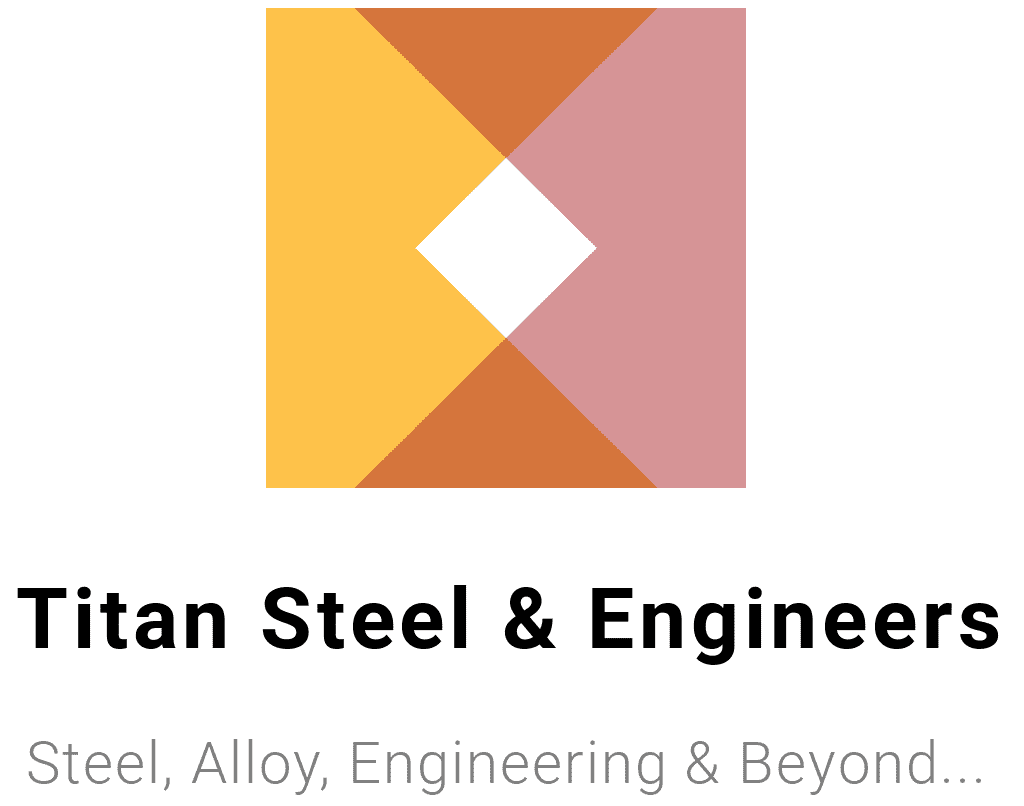Understanding Carbon Steel Density (kg/m³): Properties and Applications
When it comes to materials in engineering and industrial design, carbon steel density kg m3 stands out as one of the most widely used and versatile metals. Its durability, strength, and relatively low cost make it a favorite across industries. Among its many properties, density is a critical factor that plays a significant role in determining its behavior in various applications. For engineers, metallurgists, and material scientists, understanding the density of carbon steel density kg m3 is essential for making informed decisions when designing or selecting materials for their projects.
This blog dives deep into the concept of carbon steel density kg m3, its relationship with carbon content, and how it influences different applications. Whether you’re an industry professional or a student, you’ll come away with valuable insights that enhance your understanding of this incredible material.
What Is Carbon Steel?
To understand carbon steel density, we first need to grasp what carbon steel is and why it is so widely used.
Composition of Carbon Steel
Carbon steel is a broad category of steel in which the primary alloying element is carbon. It typically contains a mix of iron and carbon, with small amounts of other elements like manganese, silicon, or sulfur. The carbon content in carbon steel can range between 0.05% and 2.1%, which primarily determines its properties.
Types of Carbon Steel
Carbon steel is divided into four main categories based on its carbon content:
- Low Carbon Steel (Mild Steel)
-
-
- Carbon Content: 0.05%–0.25%
- Characteristics: High ductility and weldability, but lower strength.
- Applications: Structural components, pipelines, and fasteners.
-
- Medium Carbon Steel
-
-
- Carbon Content: 0.25%–0.60%
- Characteristics: Improved strength and resistance to wear while maintaining moderate ductility.
- Applications: Gears, axles, and rails.
-
- High Carbon Steel
-
-
- Carbon Content: 0.60%–1.5%
- Characteristics: Extremely strong and hard, but brittle and less ductile.
- Applications: Cutting tools, springs, and wires.
-
- Ultra-High Carbon Steel
-
-
- Carbon Content: 1.25%–2.1%
- Characteristics: Exceptional hardness and wear resistance, but very brittle.
- Applications: Specialized tools like knives and blades.
-
Understanding these categories is crucial for identifying how factors like density interact with carbon content.
Carbon Steel Density (kg/m³)
What Is the Density of Carbon Steel?
The typical density of carbon steel is approximately 7850 kg/m³. This makes it denser than aluminum (2710 kg/m³) or magnesium (1738 kg/m³) but less dense than pure iron (7874 kg/m³). Despite its relatively high density, it remains a practical material for countless purposes due to its excellent strength-to-weight ratio.
Factors Affecting Density
Several factors influence the density of carbon steel, including:
- Carbon Content
The percentage of carbon impacts the microstructure, which in turn affects density. We’ll explore this relationship in more detail below.
- Alloying Elements
Small additions of elements like manganese or silicon can alter density slightly.
- Heat Treatment
Processes like annealing or quenching can affect grain structure, which may have a marginal effect on density.
- Impurities
Levels of sulfur, phosphorus, or other non-metallic inclusions can lead to slight density variations.
While these factors can cause minor deviations, the density of typical carbon steel generally stays near the 7850 kg/m³ mark.
Density vs. Carbon Content
The relationship between carbon content and density isn’t linear, but it’s important to understand how they influence each other.
Effect of Carbon Content
- Low Carbon Steel
The lower carbon in mild steel leads to a more ferritic (iron-based) microstructure. Since ferrite is less dense than other structures like pearlite or cementite, low carbon steels maintain a slightly lower density.
- High Carbon Steel
As carbon content increases, the formation of denser phases like cementite (Fe₃C) becomes more prevalent. This can increase the overall density slightly.
However, it’s worth noting that the changes in density with varying carbon content are minimal—generally within 1% of the base value of 7850 kg/m³.
Practical Implications
For most engineering calculations, the standard density value is sufficient. However, in highly precise projects—like aerospace engineering—these small variations could become a factor worth considering.
Applications of Carbon Steel
The unique combination of strength, durability, and density makes carbon steel an invaluable material in various industries. Here are some prominent applications:
Structural Engineering
Carbon steel is used in constructing skyscrapers, bridges, and pipelines, where its strength-to-weight ratio and density ensure both stability and load-bearing capacity.
Automotive Industry
From chassis to engine components, carbon steel is vital because it provides the necessary toughness to withstand impact and wear.
Woks and Cookware
High carbon steel woks, pans, and knives are valued for their hardness, heat distribution, and ability to develop a non-stick patina over time. These pieces are particularly popular in regions known for stir-frying culinary techniques.
Cutting Tools
High-carbon steels are used for making cutting tools like saws, blades, and drills due to their exceptional hardness and cutting-edge retention.
Mechanical Parts
Medium and high-carbon steels are integral in making gears, axles, bolts, and bearings thanks to their wear resistance and ability to handle heavy loads.
Key Takeaways for Engineers and Material Scientists
Understanding the density of carbon steel and how it interacts with factors like carbon content is pivotal for selecting the right material in applications that demand precision and reliability. By considering density alongside other material properties—such as tensile strength and brittleness—engineers and metallurgists can ensure optimal design choices.

